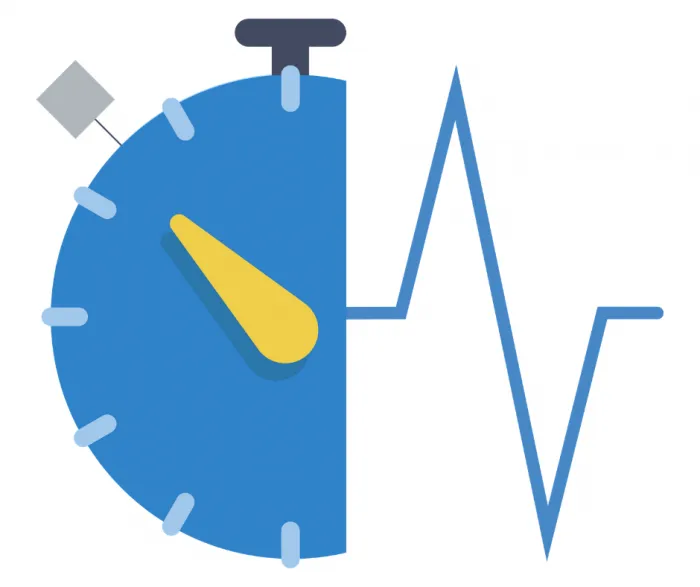Webhooks and Real-time Trip Updates
As an advanced video telematics platform powering the solutions of leading global Telematics Service Providers (TSPs), our product roadmap has to strike the right balance between push: core platform enhancements around AI, analytics and more driven by us, and pull: feature requests and enhancements made by our customers and end-users.

As an advanced video telematics platform powering the solutions of leading global Telematics Service Providers (TSPs), our product roadmap has to strike the right balance between push: core platform enhancements around AI, analytics and more driven by us, and pull: feature requests and enhancements made by our customers and end-users. Our partner TSPs are, in many ways, our eyes and ears on the ground, and working closely with them to evolve and grow our platform is a deeply held value.
In that spirit, we are pleased to announce the release of two highly requested features that significantly enhance the ease of use, and value, that end-users can derive from our platform – webhooks and real-time trip updates. The common theme that ties them is the push towards a more proactive reporting framework, both for TSPs and fleets.
Webhooks – Getting video and other key meta-data around critical safety events to fleet managers for review as soon as possible is a key feature of any effective video telematics system. In the field, this is often challenging, and it is not uncommon to find instances where vehicles and drivers spend long stretches of time in areas with poor or non-existent data connectivity. This is exacerbated by the very nature of the video, wherein compared to traditional telematics data (GPS traces, CAN data), the payload is higher. To alleviate some of these problems, our platform has traditionally given TSP’s extensive configurability around selecting duration, quality and resolution of video around incidents, and even the ability to turn off upload around certain events.
We are taking a significant next step towards making critical events available to fleet managers for review seamlessly, by introducing webhooks for event videos, DVR requests, and trip status. With this, TSPs can move away from repeated and inefficient polling of our APIs to check for the availability of videos and other critical data and get notified automatically on their end-points registered with us. For fleet managers, this provides the assurance that as soon as network availability allows critical data to be uploaded, they will have access to it. Almost as importantly, this provides transparency across the data upload pipeline, spanning device, cloud, and end-user dashboards.
Real-time trip updates – Our customers serve a variety of end-user fleets (pupil transport, government, vocational, enterprise, etc.). This heterogeneity is surpassed only by the variety of hardware platforms and compute footprints we support – enterprise telematics tablets, BYOD smartphones on Android and iOS, dashcams and telematics black-boxes. To support some of the more modest computing platforms in the field, our SDK has traditionally prioritized only the most safety-critical tasks when trips are ongoing – real-time driver alerts driven by ADAS events like tailgating, lane drifts, posted speed limit violations, rolling stops, etc. Video and other meta-data around violations and DVR pull-requests were generated and queued for upload when trips ended (typically an ignition-off event) and when computing resources were more readily available. A downside to this is that fleet managers could only get a complete trip report with videos to review when a trip had ended. This could be a long wait in instances, with some fleets regularly logging in excess of 10 hours of driving per trip.
With more powerful computing platforms now supported by our customers, our SDK and APIs now give fleets the option to get a real-time view of trips, as they are ongoing. Events videos and other trip statistics are generated on the fly, uploaded at regular intervals, TSP web applications notified via webhooks, and made available for review by fleet managers. For fleets that want to take proactive action before an accident occurs, this can make a world of difference. For a driver consistently over-speeding, drifting across lanes or exhibiting other tell-tale signs of distraction and fatigue, this gives a fleet manager the opportunity to intervene before it is too late. Accident mitigation being a core value proposition of our platform, this brings us full circle.
Building on a combination of these two features, our platform will allow TSPs to provide near real-time alerts and status updates to their end-users (SMS, email, etc.), ensuring more proactive engagement that drives downstream benefits. As we scale our platform, we are excited to keep innovating in this spirit, to solve real problems that drive meaningful value.

